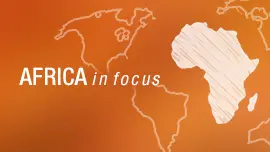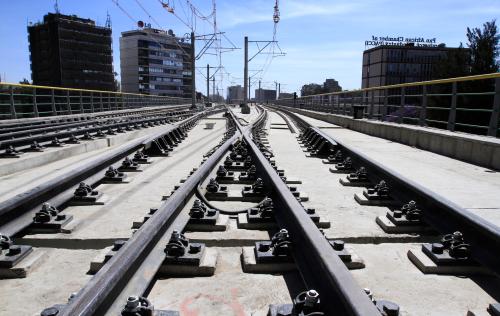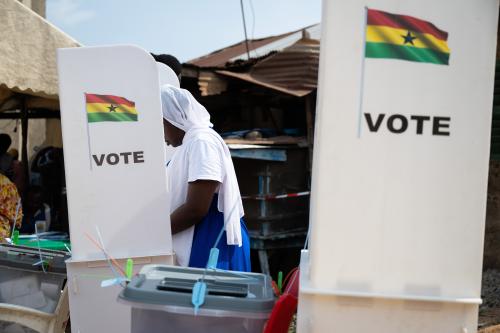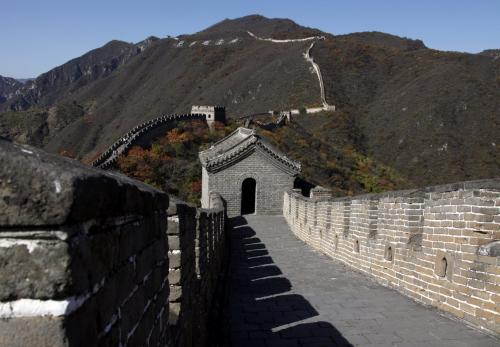Africa’s infrastructure deficit is well known: It needs $93 billion per year to fill its gap and, due to limited domestic sources, the continent must rely heavily on foreign investments. However, many investors view contributing to African infrastructure projects as risky, meaning that long-term, risk-averse investors such as sovereign wealth funds—which have accumulated almost $6 trillion in assets—to shy away from these projects.
To answer this particular challenge, in a new paper Brookings Africa Growth Initiative scholars Amadou Sy and Rabah Arezki go beyond the incentives for foreign investment for infrastructure and into the best structure for it. In their paper, Financing Africa’s infrastructure deficit: From development banking to long-term investing, they examine the reasons long-term investors avoid African infrastructure projects and recommend strategies for attracting these investors.
The authors emphasize that long-term investors often avoid investing in these projects because:
- These projects are both riskier and entail different types of risk (e.g., construction).
- These investors don’t have in-house expertise to understand and manage investments around infrastructure projects.
- There is a complexity to and lack of standardization underlying infrastructure projects, making it each context likely quite different and difficult to scale up.
In the end, the authors find that “Africa’s success in filling its largely greenfield (and hence risky) infrastructure gap hinges upon a delicate balancing act between development banking and long-term institutional investing.” In particular, they note that development banks should be a larger part of financing the beginning, riskier phases of infrastructure projects and then move out, opening the way for long-term investors such as sovereign wealth funds to be involved.
They note that the involvement of multilateral development banks (MDB) can assuage many of the challenges surrounding these African infrastructure projects and then entice investment because:
- Given the huge and growing number of MDB-supported infrastructure projects, the MDBs bring “expertise in infrastructure and flexibility in terms of investment horizon and contract renegotiation.”
- Loans from these banks for the government are “senior” to other loans, meaning that loans by MDBs are likely better enforced and their conditions met.
- There is evidence that well-targeted guarantees (or subsidies) provided by MDBs along with co-financing (which limits the opportunities for politically motivated credit allocation) can lead to “superior outcomes.”
For a more in-depth look on these issues, see Arezki and Sy’s paper, Financing Africa’s infrastructure deficit: From development banking to long-term investing.
The Brookings Institution is committed to quality, independence, and impact.
We are supported by a diverse array of funders. In line with our values and policies, each Brookings publication represents the sole views of its author(s).






Commentary
How can Africa entice more long-term investors in its much-needed infrastructure projects?
September 28, 2016